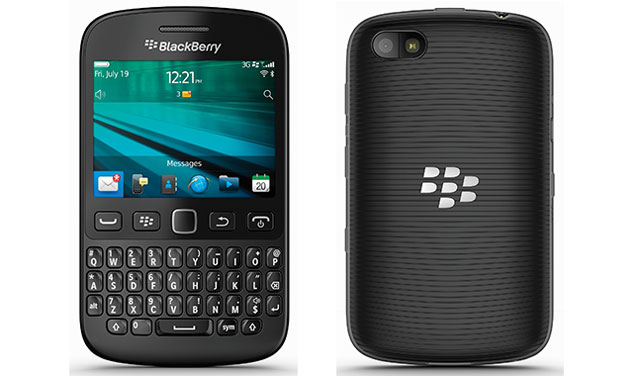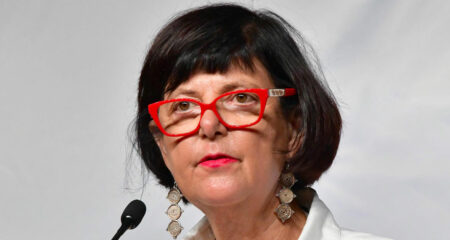
Nostalgia can evoke wonderful feelings when it stems from childhood homes revisited, 8mm home movies rewatched or old friends reunited. But it’s altogether disconcerting when it’s induced by a brand new mobile phone. Such is the experience of using BlackBerry’s brand-new-yet-all-too-familiar 9720.
When BlackBerry introduced the Z10 smartphone, powered by its BlackBerry 10 (BB10) operating system, the company said it would continue to support and release devices running the earlier BB7 system.
Given the bulk of the company’s customers still use BB7, and the fact that BB7 handsets tend to be considerably cheaper than their BB10 counterparts, there’s some sense in the move.
The question we have to ask is whether making new products running legacy software is a more sensible decision in the long term than pushing the newer software on budget hardware. Maintaining two platforms causes continuity problems.
The 9720 looks a lot like a smaller version of BlackBerry’s other new budget smartphone, the BB10-powered Q5. Both are hybrid touch-and-Qwerty devices with plastic, Chiclet-style physical keyboards. The Q5, however, is the more premium device, reflected in its R4 999 price over the 9720’s R2 599.
 The 9720 stacks up reasonably well for its price. It’s 2,8-inch capacitive display offers a resolution of 480×360 pixels and it’s responsive and bright. Though there’s only 512MB of internal storage — and a matching amount of RAM — the microSD card slot supports cards up to 32GB, and it’s unreasonable to expect more substantial storage for the price.
The 9720 stacks up reasonably well for its price. It’s 2,8-inch capacitive display offers a resolution of 480×360 pixels and it’s responsive and bright. Though there’s only 512MB of internal storage — and a matching amount of RAM — the microSD card slot supports cards up to 32GB, and it’s unreasonable to expect more substantial storage for the price.
BlackBerry’s four-way optical trackpad is back, flanked by two buttons on each side. On the left are dial and BlackBerry Messenger (BBM) buttons, while the right houses back and hang-up/power buttons. The arrangement is logical, but the need for so many buttons shows BB7’s age. With the touch display, the 9720 teases you into thinking you can navigate its menu with touch alone; the buttons beneath the display remind you that you can’t.
Although there’s only one camera on the 9720, it’s a respectable 5-megapixel offering and includes an LED flash and support for geo-tagging images. There’s also an FM radio built in, one of the things that made the Curve range so popular and always a good idea on low-end devices with limited internal storage.
Unsurprisingly, there’s no support for 4G/LTE, but there are plenty of 2G bands (850/900/1 800/1 900MHz) and 3G bands (850/900/1 900/2 100MHz) offered. Data transfer tops out at 7,2Mbit/s.
Though the user-replacable battery is only 1 450mAh, the small display doesn’t tax it too much and you’ll easily get a day of use out of it.
The biggest problem with the 9720 is really the dated BB7. Not the most elegant operating system to begin with, it is cumbersome and non-intuitive next to Android, iOS and Windows Phone.
The one advantage the software has is apps. There are far more apps available than there are for BB10.
For now, the 9720 gives BlackBerry something new to offer in emerging markets, but sooner rather than later, the company will have to find a way of making budget BB10 devices and get developers fully behind the new platform.
The 9720, then, represents the end of an era rather than the start of a new one. — (c) 2013 NewsCentral Media




